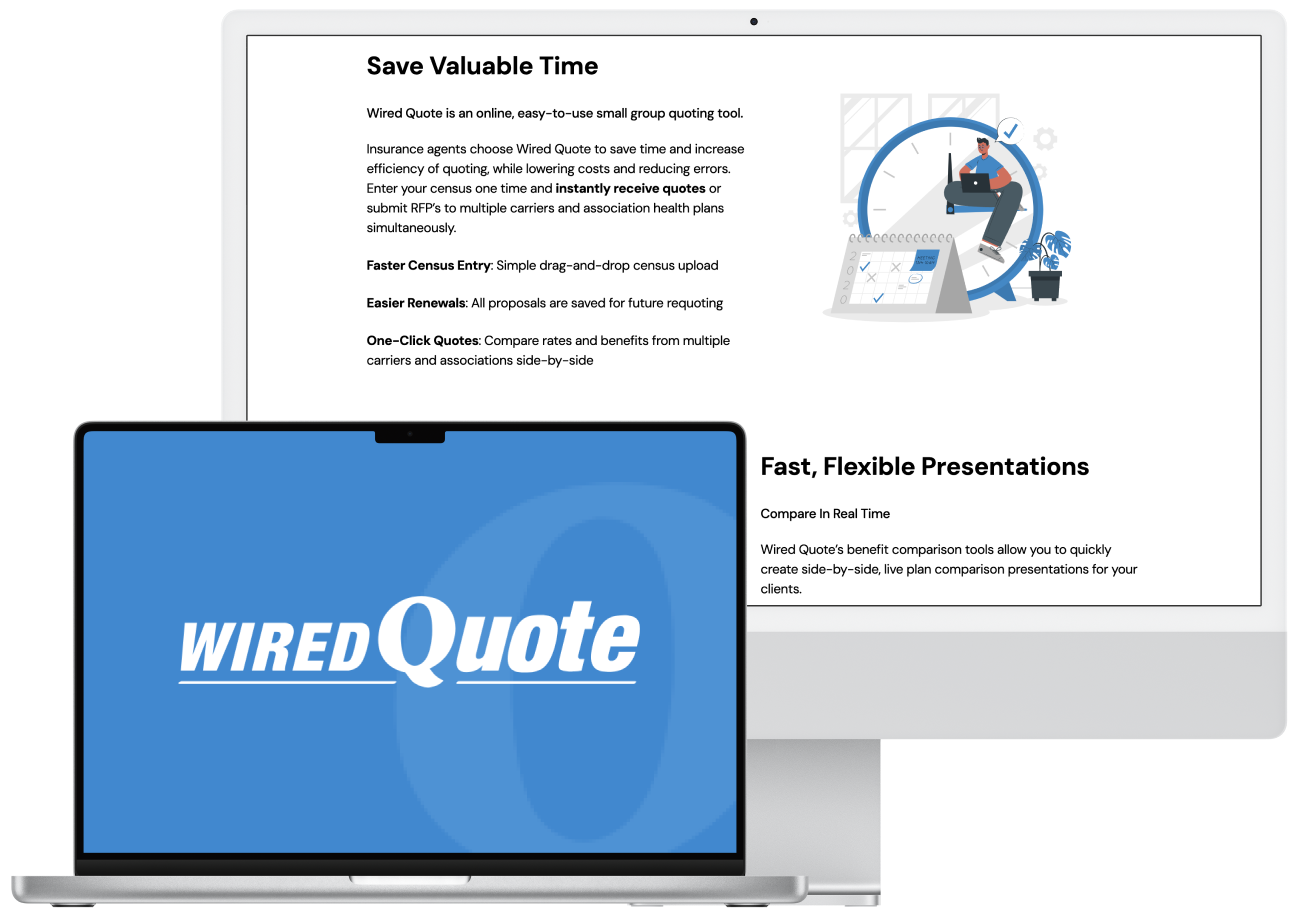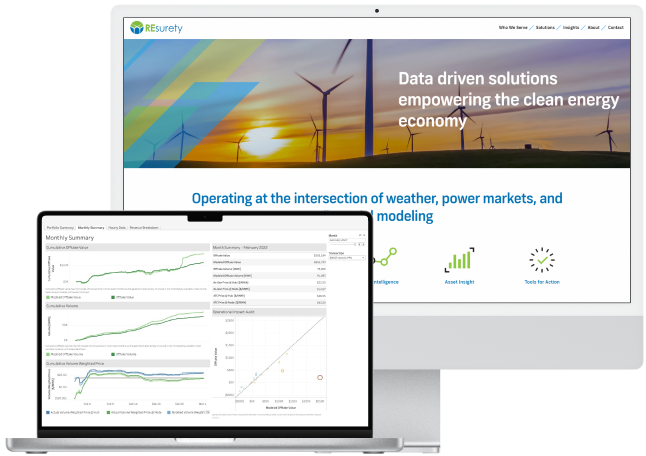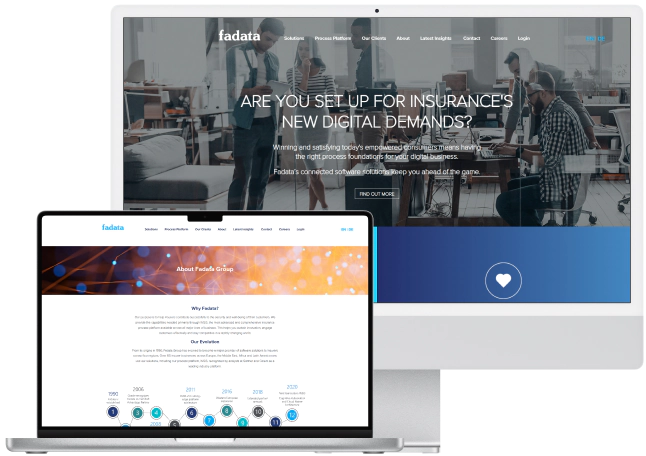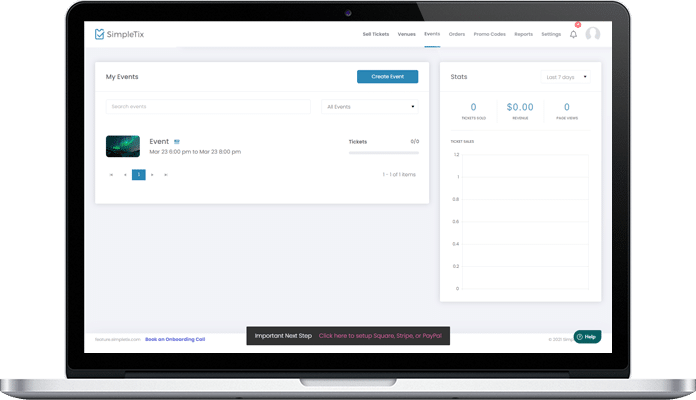What we offer
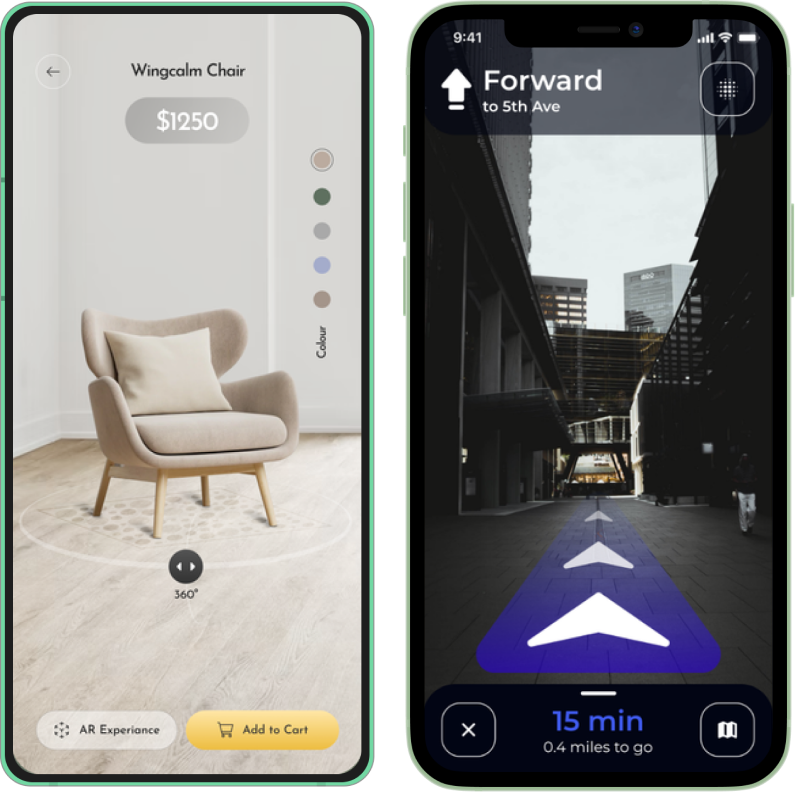
How real is the real world? The answer to this question seems a poser since the legendary Matrix movie has totally overturned our perception of the universe that surrounds us. The advancements of Industry 4.0 have made the boundary between the physical and the virtual worlds very flimsy. The technology of augmented reality (AR) brings them ever closer, overlaying the picture of the real surroundings in the camera of a mobile device with virtual content. Augmented reality development services by DICEUS usher this revolutionary know-how into multiple spheres of your life via the following channels.
Custom AR development
High-profile experts of DICEUS can create any bespoke digital product where workmanlike 3D models, animations, and UHD videos are superimposed on the user’s environment. Just come to us with your concept, and we will implement it in a first-class product.
360-degree video
The omnidirectional videos that our custom solutions support provide users with an advanced immersive and transformative experience. It is a second-to-none visualizing instrument that can be leveraged as a product or service guide in the automotive industry, corporate learning, travel and tourism sector, etc.
3D rendering
The 3D content we deliver can be streamed directly to users’ gizmos in real time. In addition, they will be impressed by animations, walkthroughs, and 360-degree panoramas, which aren’t just photorealistic visual assets but are open to interaction and easy to manipulate and play with.
Advanced VR software
Virtual reality technology is taking you deeper into the realm of unreal (but amazingly similar to real) things when all objects you see are generated by the software. As a result, the VR solutions we develop will become a powerful boost in training, communication, and customer service.
Mixed reality know-how
This type of software blends AR and VR elements, creating a picture in which you can’t tell where the physical world ends, and the digital one begins. The mavens of DICEUS leverage advanced input techniques and environmental data to provide an overwhelming MR experience.
Dedicated teams
Our developers have the necessary skills, experience, and tech stack to carry out the full-cycle development of any augmented reality solution you want. We will form a team that will work exclusively on your project without getting distracted by other errands.

In the early third millennium, the rapid pace of IT development has manifested that augmented and virtual reality isn’t more the notions from science fiction books or movies which will become a part of our life in the future. These breakthrough technologies are already within easy reach of individuals and enterprises.
We at DICEUS will do our best to turn AR software into a locomotive for your business, whatever field you specialize in. Our developers are qualified to deliver a first-rate AR solution that will impress you with awesome UX and elegant design.
Benefits of augmented reality services
Together with cloud computing, artificial intelligence, and the Internet of Things, augmented reality solutions are all the rage in the digital world nowadays. However, having such an app isn’t just a matter of fashion. By commissioning augmented reality app development services from us, you will reap the following perks.
Our augmented reality services process
When a customer approaches an IT vendor to implement an AR software project, they expect to receive a complete range of services at a one-stop shop. DICEUS lives up to such expectations, tackling end-to-end development of AR solutions and extending other related services to boot.
What impacts your project duration
Every project is unique in the time it takes to be completed. An accurate estimation of this time is possible only if we know the following:
- Anticipated deadlines
- Project requirements
- Number of developers on the team
- Tech stack and platforms necessary for the development
- Data quality and accessibility
What affects your project costs
Five major factors influence the sum of money you will have to pay for augmented reality services:
- The technology it is based on
- Project size and complexity
- The urgency of implementation
- The selected engagement model (Dedicated Team, Time and Material)
- The choice of a custom solution or AI-reliant cloud services
What we need from your side
The must-have prerequisite for producing a high-quality AR product is the active participation of the customer in the process of its development. If you want to obtain a sustainable solution that will live up to all expectations you have as to its functioning and design, you should provide the following:
- At least project vision and goals and, at most, its roadmap, if you have drawn one
- Top-level project requirements
- A set of project-related documents, like solution architecture or mockup (if available)
- Data of appropriate quality to leverage AI technology
- A schedule of expected requirements gathering sessions (as a rule, several hours a week)
Our tech stack





























































Explore our case studies
Frequently asked questions
What are Augmented Reality services?
These are a full cycle of measures aiming to deliver a functional AR solution (as a rule, it is a web or mobile app). First, an MVP is created to validate the underlying business idea. Then, the very app is built with its 3D models and graphic content. After this, the app is trained via AI algorithms to recognize humans, their body parts, and objects as surfaces to apply an experience. Next, the product’s functionality is optimized and extended. Finally, the developed solution is integrated with other software products or third-party services.
How much does AR technology cost?
Generally, an IT product is never a chump change issue, and the same is true of the services an augmented reality development company provides. To determine the exact budget to be allocated for an AR project, you should consider its complexity (the number of features, external integrations, leveraged technologies, etc.), the size of the developing team that will implement it, and the hourly rates charged by the vendor. If you already have ready-made 3D models and graphic content for your AR app, it will bring the cost down; otherwise, you will have to splurge on them too.
How do AR applications function?
Basically, they add another layer to the existing reality. First, you install an AR app on your mobile gadget and point its camera at some object around you (it may be some flat surface, building, landscape feature, or human body part – mostly, a hand or a face). Next, the AR solution adds a virtual 3D object model to the thing you hold in the camera’s focus. Thus, the physical and digital realities are blended into one where you can interact with both kinds of elements and thus bridge the gap between the real and the virtual.
